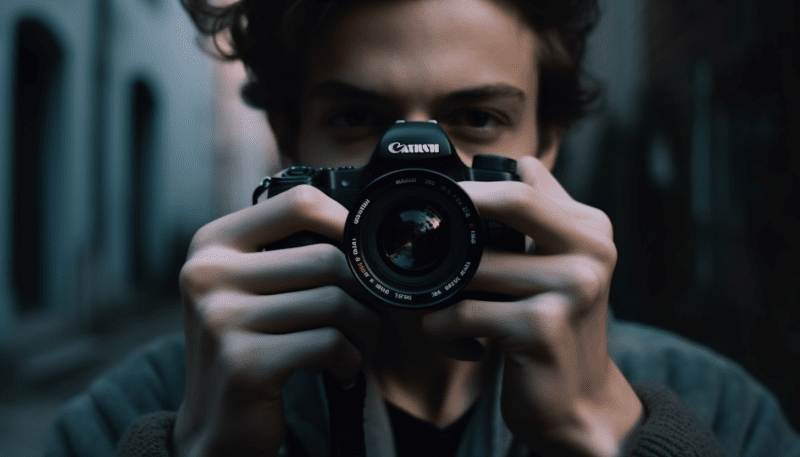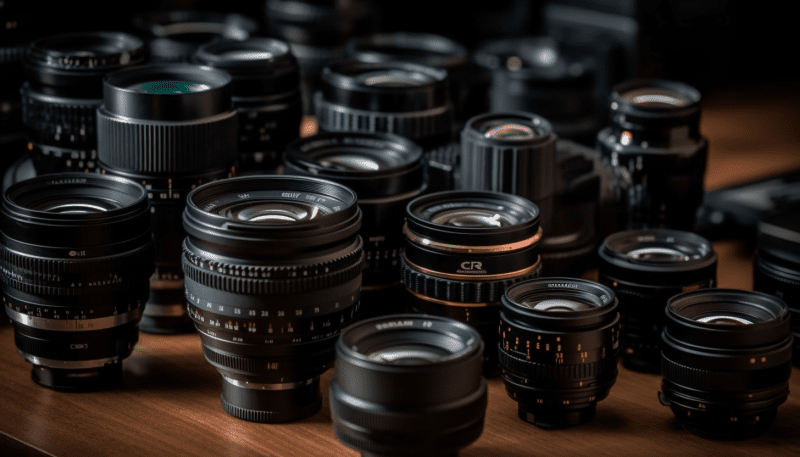Today, cameras are doing an amazing job in wildlife conservation. With their ability to capture footage and photos of animals in their natural habitat, these devices provide insights that were once out of reach. They help researchers monitor animal populations, track movements, and even spot species that are rare or hard to find.
One of the coolest things about camera technology is its role in combating poaching. By placing cameras in strategic locations, wildlife organizations can keep an eye on endangered animals. When poachers know they might be caught on camera, it can deter illegal activities. This adds an extra layer of protection for those vulnerable species.
These cameras also play a big part in understanding animal behavior. By observing how animals interact with their environment and each other, conservationists can learn more about their needs. This information is super helpful when it comes to creating better habitats or making informed decisions on conservation practices.
And let’s not forget about the public engagement! These cameras capture breathtaking moments in the wild that can be shared with everyone. Through social media and wildlife documentaries, people get to see animals they might never encounter otherwise. This not only raises awareness but also builds support for conservation initiatives.
Smart Features for Better Conservation
When it comes to wildlife conservation, smart camera technology is a game changer. These cameras aren’t just taking pictures; they’re packed with features that help conservationists track animal populations, monitor habitats, and even prevent poaching.
One of the most useful features is motion detection. These cameras can sense movement and start recording right away, capturing important moments without human interference. This means we can see wildlife in their natural behavior, gathering real data that helps in understanding their habits and needs.
Many of today’s cameras come with night vision capabilities, allowing researchers to monitor nocturnal animals. This is key for studying species that are active at night and for ensuring their safety from poachers who prefer the cover of darkness. Plus, some cameras even have infrared technology, which makes it easy to capture clear images without disrupting the animals.
Another smart feature is wireless connectivity. With cameras that send images and data straight to a smartphone or computer, conservationists can check on their projects from anywhere. This real-time access allows for quick decision-making and faster response times, which is essential for protecting vulnerable species.
Finally, many wildlife cameras now include solar power options. This means they can run longer without needing constant battery changes, making them perfect for remote areas. It’s all about making the conservation efforts more efficient and less intrusive, ensuring wildlife is safe while still gathering the information we need to protect them.
Success Stories in Wildlife Protection
Camera technology has made a huge difference in wildlife conservation, and the success stories are inspiring! For example, in Africa, researchers have set up camera traps in national parks to monitor endangered species like elephants and rhinos. These cameras help keep track of animal movements and even alert rangers to poacher activity. Thanks to this tech, some populations have started to recover.
In South America, wildlife cameras are doing wonders for the jaguar population. By using motion-activated cameras, conservationists have been able to gather data on these elusive big cats. The information has helped them understand their habitats better and develop targeted strategies to protect them. Plus, the captured images have raised awareness about the importance of protecting these incredible animals.
Closer to home, in North America, camera technology has transformed the way we study local wildlife. From black bears to elusive foxes, trail cameras have provided a window into their behaviors and interactions. This data is crucial for effective management strategies, and it has led to better initiatives for habitat preservation. Plus, it’s pretty amazing to see how wildlife thrives just outside our backyards!
These stories highlight how camera technology is not just a tool but a game-changer in wildlife protection. By capturing real-life moments of animals in their natural habitats, we’re gaining insights that drive impactful conservation efforts. The more we learn, the better equipped we are to protect these incredible creatures for future generations.
Choosing the Right Camera for Nature
First off, consider the type of wildlife you want to photograph. If you're aiming for close-ups of shy animals, a camera with a good zoom lens will be your best buddy. Look for cameras with features like optical zoom or interchangeable lenses to get those crisp, detailed shots without disturbing the wildlife.
Lightweight and durability are also key. You’ll want something that’s easy to carry on your hikes and can handle the bumps of outdoor use. Weather-resistant models are a big plus—they help protect against rain or dust while you’re out and about. Plus, a good grip can make a world of difference when you’re out in challenging conditions.
Don't forget about the camera's image quality! Aim for a camera with a solid sensor and good low-light performance. This becomes important in dim light, like early morning or late afternoon when many animals are active. High-resolution images will make your photos more stunning and give you options for larger prints later on.
Lastly, think about battery life and storage. You don’t want to miss that perfect shot because your camera ran out of juice! Check for cameras with long-lasting batteries or those that allow you to swap in extras quickly. Also, investing in a high-capacity memory card will ensure you have plenty of space for all your incredible captures. Happy shooting!



